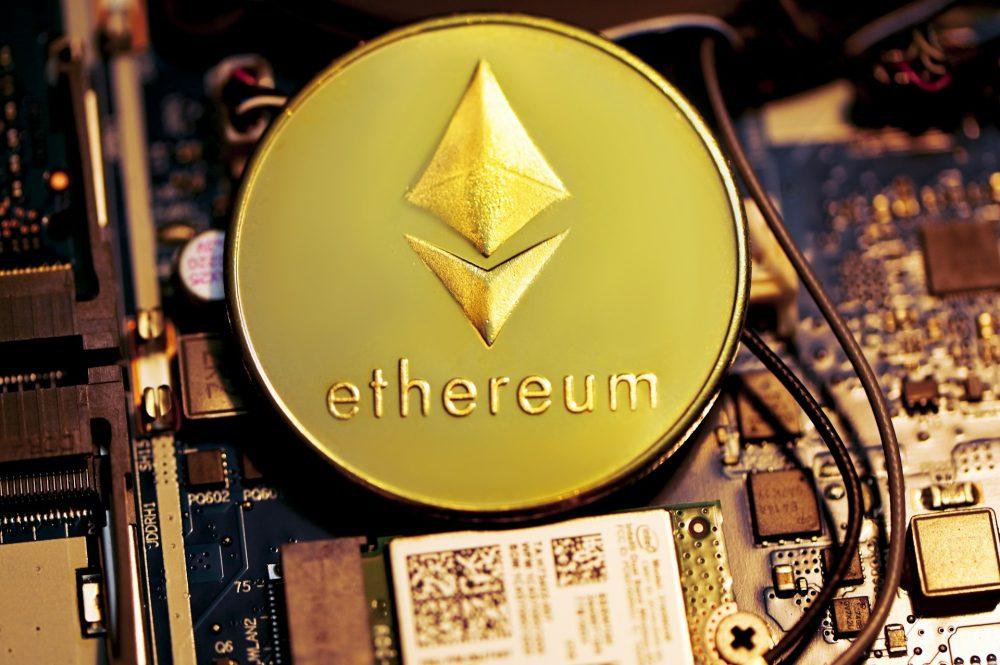Cryptocurrency mining is the beating heart of many blockchain networks. It’s the process that validates transactions, ensures network security, and mints new coins. For blockchain platforms like Bitcoin, mining is a fundamental component that allows the system to operate in a decentralized and trustless manner.
But crypto mining is more than just a technical process, it’s an evolving global industry. From solo miners using home setups to massive data centers in Iceland and Kazakhstan, mining has grown into a multibillion-dollar economy. According to Cambridge Centre for Alternative Finance, Bitcoin alone consumes more electricity annually than countries like Argentina or Sweden. As the crypto landscape changes, so do the technologies and strategies that power mining.
In this in-depth guide, we explore the fundamentals of crypto mining, its different models, profitability factors, environmental impact, and future trends. We’ll also look at how mining interacts with trading platforms like trader lidex 8, offering a bridge between raw computation and strategic investment.
What is Crypto Mining?
Definition and Purpose
Crypto mining is the process by which new cryptocurrency coins are created and transactions are added to a blockchain ledger. It involves solving complex mathematical problems using computing power.
Proof of Work (PoW)
The most widely known mining model is Proof of Work, used by Bitcoin, Litecoin, and other early-generation coins. In PoW, miners compete to solve a cryptographic puzzle, and the first to succeed gets the right to validate the next block and receive rewards.
Mining Rewards
Miners earn:
- Block rewards (newly minted coins)
- Transaction fees (included in each block)
For example, Bitcoin currently offers a block reward of 6.25 BTC (halved every 4 years).
Types of Mining
Solo Mining
An individual sets up mining hardware and works alone. While potentially rewarding, it’s difficult due to competition and high hash rates.
Pool Mining
Miners combine their computing power in a pool and share the rewards. This reduces variance and provides steady income, especially for smaller participants.
Cloud Mining
Users rent hashing power from a provider. It offers convenience but often comes with high fees and potential scams.
ASIC vs GPU Mining
- ASIC (Application-Specific Integrated Circuit): High-performance machines optimized for specific algorithms (e.g., Bitcoin’s SHA-256).
- GPU (Graphics Processing Unit): More versatile, used for coins like Ethereum (before the Merge) and Ravencoin.
Profitability Factors in Crypto Mining
Key Variables:
- Electricity costs: The biggest operational expense.
- Hash rate: Your mining power compared to the network.
- Mining difficulty: Adjusts to ensure consistent block times.
- Market price of the coin: Affects the fiat value of mining rewards.
- Hardware efficiency: Newer models offer better power-to-performance ratios.
Example: In 2023, the Antminer S19 XP (140 TH/s) had an efficiency of 21.5 J/TH, outperforming earlier models by over 30%.
Platforms like trader lidex 8 allow users to track mining profitability, automate sales of mined coins, and integrate mining returns into broader trading strategies.
Environmental and Regulatory Considerations
Energy Consumption
Mining’s environmental impact has been under scrutiny. Bitcoin mining consumes over 120 TWh per year. In response, there’s a push for:
- Renewable energy adoption
- Mining in colder climates to reduce cooling needs
- Green mining initiatives (e.g., hydro-powered mining in Canada)
Government Regulations
- China banned mining in 2021, leading to a migration of miners to North America and Central Asia.
- Kazakhstan and Texas have become mining hotspots due to cheap electricity and favorable policies.
- Countries like Norway and Bhutan focus on sustainable mining practices.
Advantages and Disadvantages of Crypto Mining
Advantages:
- Decentralization: Maintains network integrity without centralized control.
- Financial incentives: Potentially high profits for efficient operations.
- Security: Prevents double-spending and secures blockchain transactions.
Disadvantages:
- High costs: Initial setup and electricity can be prohibitive.
- Environmental impact: High energy use raises sustainability concerns.
- Technical complexity: Requires knowledge of hardware, software, and network mechanics.
- Market volatility: Mining profitability depends heavily on crypto prices.
Mining and Trading Synergy
Mining and trading are two sides of the same crypto coin. Mined coins can be:
- Held (HODL) for long-term gains
- Sold immediately for fiat or stablecoins
- Swapped for other digital assets on exchanges
With platforms like trader lidex 8, miners can automate the conversion and reinvestment of rewards, track coin prices in real-time, and even use profits to run trading bots, bridging the gap between mining income and active market participation.
Frequently Asked Questions (FAQ)
What is the most profitable coin to mine today?
Bitcoin remains dominant, but coins like Kaspa, Litecoin, and Ravencoin are also popular depending on hardware and electricity rates.
How much does it cost to start crypto mining?
Costs vary by scale. A basic GPU setup may cost $1,000 – $2,000, while industrial ASIC farms can run into the hundreds of thousands.
Is crypto mining still worth it in 2024?
Yes, if electricity is affordable, hardware is efficient, and you’re mining coins with solid fundamentals or price growth.
Can I mine with my laptop?
Technically yes, but not profitably. Modern mining requires specialized hardware to compete effectively.
What is a mining pool?
A group of miners who combine computing power to increase the chance of earning block rewards, which are then distributed proportionally.
Do I need to pay taxes on mined crypto?
In most jurisdictions, yes. Mined coins are considered income and are taxable when received or sold.
What are the best mining software programs?
Popular options include CGMiner, NiceHash, Hive OS, and PhoenixMiner, depending on your hardware and goals.
What is halving in Bitcoin mining?
It’s an event that cuts the block reward in half every 210,000 blocks (~4 years), reducing new supply and often influencing market price.
Is cloud mining safe?
It depends on the provider. Some are legitimate, but many are scams or unsustainable models. Always research thoroughly.
Can mining be combined with trading strategies?
Yes. Platforms like trader lidex 8 enable users to convert mined assets into trading capital or automate reinvestment strategies.
Conclusion
Crypto mining remains a critical function of blockchain networks and a potentially profitable venture for those who understand its dynamics. As the industry matures, miners must navigate technical, economic, and environmental challenges, but with innovation in hardware, cleaner energy sources, and smarter trading integrations, the sector continues to evolve.
Mining isn’t just about creating new coins; it’s about contributing to network security, participating in economic systems, and potentially building long-term wealth. Tools like trader lidex 8 empower miners to extend their profits beyond block rewards, integrating mining into broader trading ecosystems for optimal performance.
Whether you’re mining solo, in a pool, or through the cloud, the future of crypto mining is deeply intertwined with the broader digital asset economy, and still full of opportunity.




